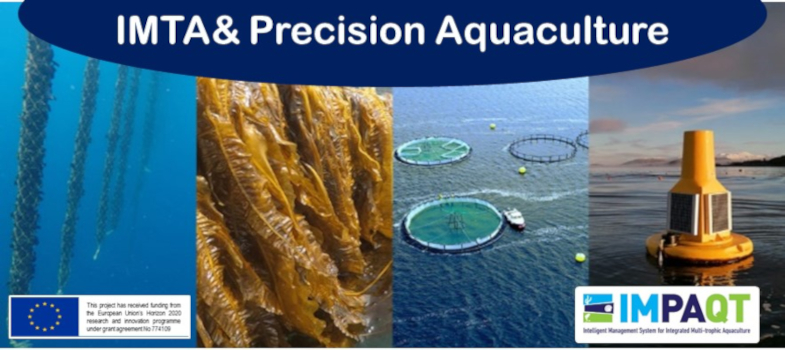Data Aquisition
Data Aquisition
To bring the Internet of Things (IOT) to aquaculture the data collected must be migrated from the physical world to the digital world. Efficient and effective tools were developed to do this: the IADAS (integrated autonomous data acquisition system) and the DAS (data aggregator system).
IADAS
The Integrated Autonomous Data Acquisition System (IADAS), incorporates the necessary technologies for long term, autonomous deployment of sensors in an operational environment. It offers autonomy to sensors in situ, in terms of providing power and connectivity, as well as controlling the operation of sensor components. The multi modal sensor interface module attaches and manages the different sensors based on the output of a multi-sensor electrical characterization system that provides an adequate and fast hardware integration of sensors. IADAS has low power short range communication capabilities, which can include modules to add location and timestamp (among other required metadata) to measurement data. IADAS is be ruggedized, water-proofed, calibrated and robust.
Details of the IADAS can be viewed here:
https://www.open.edu/openlearncreate/pluginfile.php/589841/mod_page/content/18/IADAS.mp4Video player: IADAS.mp4
Further details can be found here https://impaqtproject.eu/wp-content/uploads/2020/11/Brochure-IMPAQT-IADAS.pdf
DAS
The Data Aggregator System (DAS) is aggregating datasets from (the network of) IADAS and other sensors and provides in turn validated datasets (information) to the data storage and management infrastructure, using short and long range low power communication capabilities to remote management system. DAS deals with data aggregation from sensors directly (if being autonomous) or through IADAS and then communicates validated datasets (information) to the data storage and management infrastructure. The module comprises both short range and long range low power communication capabilities. The system control unit is responsible for protocol/data adaptation, security management, device/gateway management, while a level of local/edge processing and autonomous behaviour is possible. The system is low cost maintenance, rugged and robust.
View an overview of the DAS here:https://www.open.edu/openlearncreate/pluginfile.php/589841/mod_page/content/18/DAS.mp4Video player: DAS.mp4
Details can also be seen here
https://impaqtproject.eu/wp-content/uploads/2021/03/EGM_DAS_V2.pdf
EMS
The availability of power to run sensors can be a challenge in remote environments such as aquaculture facilities. Often power is supplied by batteries or solar panels so there are limitations, it is vital to ensure the optimal use of the power available. Having an effective energy management devise is paramount. The power supply unit provides energy budget management, and the capability of energy harvesting and storage.
https://www.open.edu/openlearncreate/pluginfile.php/589841/mod_page/content/18/EMS.mp4Video player: EMS.mp4
More specific details on the system can be found here
https://impaqtproject.eu/wp-content/uploads/2021/02/UNPARALLEL_EMS-1.pdf
